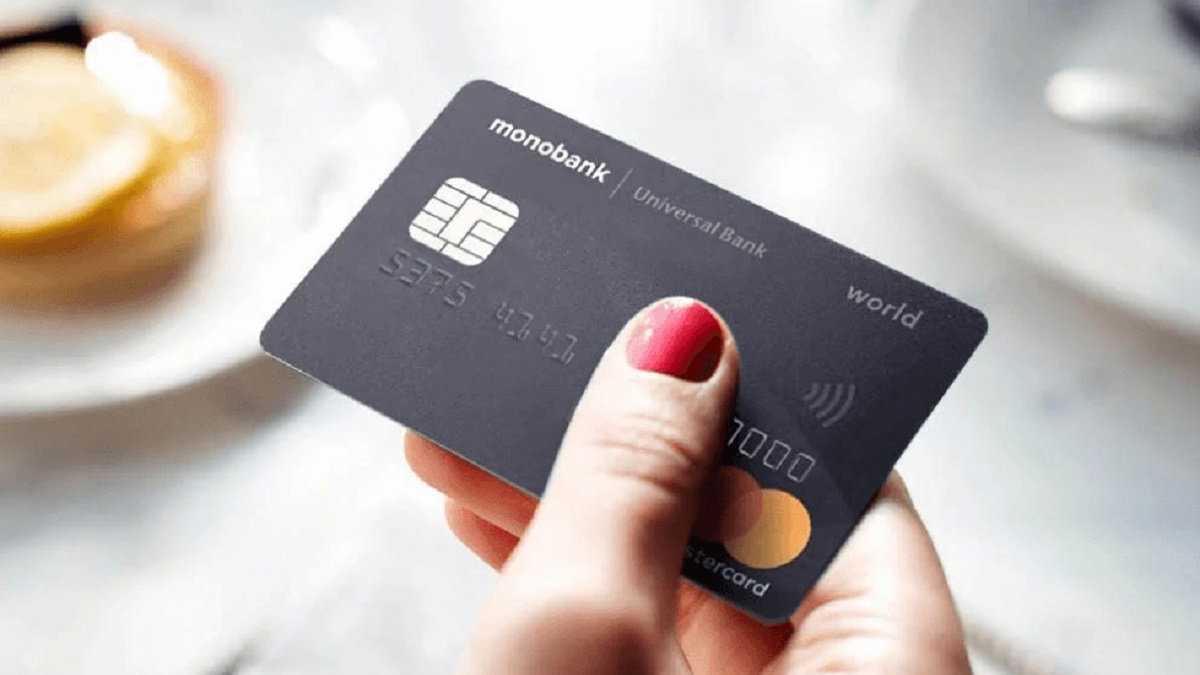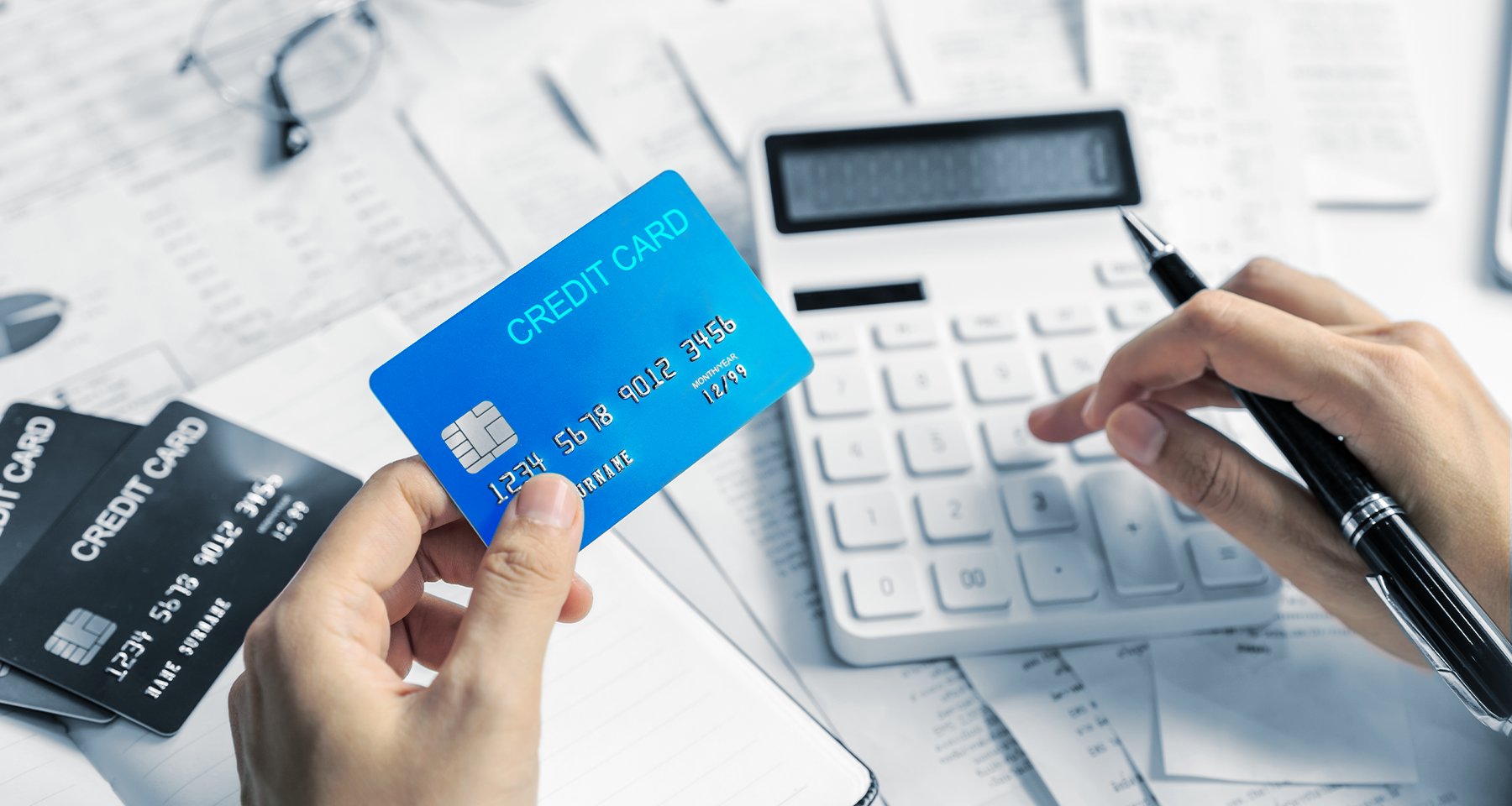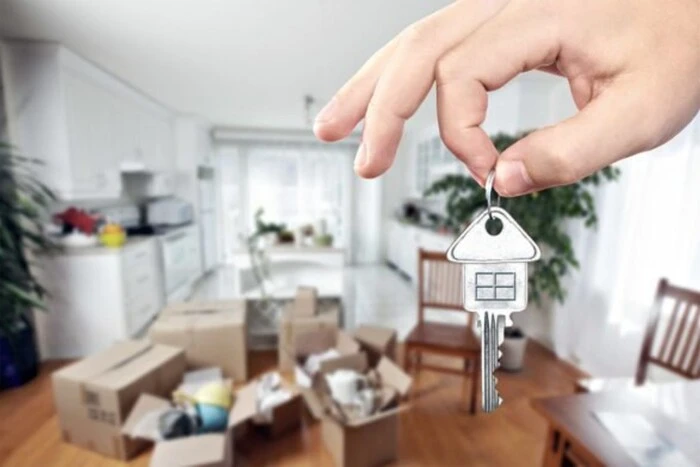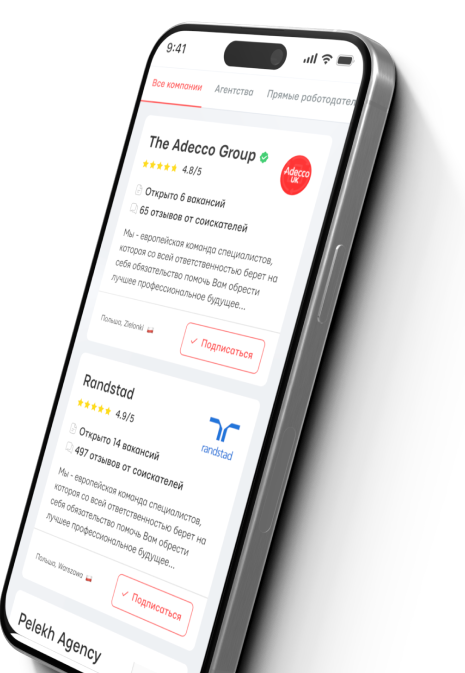What is a credit limit.


Loans, like electronic wallets, are quite useful tools. They are available to every client. However, first of all, it is necessary to understand what the credit limit of Monobank means, what the credit limit of Oschadbank means, and what the credit limit of Privatbank means (in any popular bank in Ukraine).
But first, it is worth understanding what a credit limit means in general and what its advantages are. Simply put, it is a credit, but not a credit rating or related concepts. All this is useful for any citizen.
What does credit limit mean?

So, while figuring out what a credit limit is, it is necessary to consider which bank we are talking about. In Ukraine, there are several popular options, such as Oschadbank, Privatbank, or PUMB. There is also Monobank, which differs in its operations from standard banks.
In general terms, a credit limit is the maximum amount that a bank or other lender is willing to provide to a borrower under a credit agreement. This limit determines how much money a client can spend from a credit card or obtain within a credit line. In other words, a credit limit can be on a card and is usually provided based on the client’s standard expenses. Additionally, a separate credit limit may be given to a client for specific needs. In any case, a credit limit plays a key role in managing personal finances and affects your credit history and credit rating.

Besides the credit limit, several related concepts need to be defined. For example, a credit line. This is the amount that a lender provides to a borrower for use within a certain limit. Funds can be used within the limit as needed, and interest is charged only on the utilized amount. There is also such a concept as a credit card. It differs from a regular debit card. A credit card provides access to a credit line that allows purchases, cash withdrawals, and payments for services within the established credit limit. In general, it is not necessary to spend all the funds from a credit card.
There is also a separate loan. This is a specific amount that the client takes out completely. They use it fully for a purchase or for paying something. Then the spent funds become used credit. In this case, there are also interest charges to be paid.

There is also the concept of an available credit. This occurs if the client has not withdrawn all the credit funds. What remains on the card is considered an available credit.
How is a credit limit established?
A credit limit is established by the lender based on various factors that help determine the level of risk associated with the borrower. If the lender is a bank, then the credit limit is set by it. Typically, available credit limits are predefined and are part of the bank's programs.
The client's credit history significantly influences the credit amount. It is one of the main factors in establishing the credit limit. Lenders (banks) assess payment discipline, timeliness of loan repayments, the presence of delays, and the level of debt. In other words, the bank must be sure that the client will return all funds on Time. It should be noted that in Ukraine, there is an official database of debtors, meaning if a client already has debt with another bank, obtaining a new loan will be difficult.

The client's income definitely affects the size of the credit limit. Financial stability also plays an important role in determining the credit limit. The higher the income, the more likely the lender will offer a higher limit. In other words, the more a client earns, the more they can receive.
The credit rating also affects this. It is a numerical expression of your creditworthiness. The higher the credit rating, the higher the likelihood of receiving a higher credit limit. If a client previously took out a loan and repaid it on time, they will have a relatively high credit rating. This will work in their favor. The credit limit also depends on the type of credit product. For example, the limit on a credit card may differ from the limit on a consumer loan or a credit line.
Advantages and disadvantages of a high credit limit

A high credit limit has its advantages. It can come in handy at any moment. The main advantages are:
-
Greater purchasing power. A high credit limit allows large purchases and unexpected expenses to be covered, even if the client temporarily lacks cash.
-
Increased credit rating. Using a small portion of the credit limit positively impacts your credit rating. This occurs due to the improved usage ratio (ratio of utilized credit to total limit).
-
Flexibility in managing finances. A high limit gives the client more flexibility in managing personal finances and the ability to spread expenses over time.
The disadvantages of having a high credit limit are:
-
Risk of accruing debt. A high credit limit can lead to excessive spending and debt accumulation, which can be difficult to repay.
-
High interest rates. In case of late payments or failure to pay off the debt, a high interest may be accrued on the remaining amount, increasing the debt.
-
Decreased credit rating. If a client utilizes a significant portion of their credit limit, it can negatively affect your credit rating, as lenders may consider you too dependent on credit.
Moreover, to understand how a credit limit works, it is also important to know how to manage it. Proper credit limit management is key to financial stability and maintaining a good credit rating. In general, in this case, one should use no more than 30% of the credit limit at a time and also timely repay every debt. The limit can change, so it is essential to monitor it.
Read also
- Real estate in southern Ukraine: what is the cost of renting or buying an apartment
- New Opportunity for Entrepreneurs: PrivatBank Simplified Key Procedure
- Transition from dollar to euro: NBU names timelines, and IMF - conditions
- Not only tax: who else will gain access to the banking secrets of Ukrainians
- Blood group linked to early stroke risk: study results
- Zelensky confirmed the death of the commander of the 110th Mechanized Brigade, Zakharievich, as a result of a missile strike










